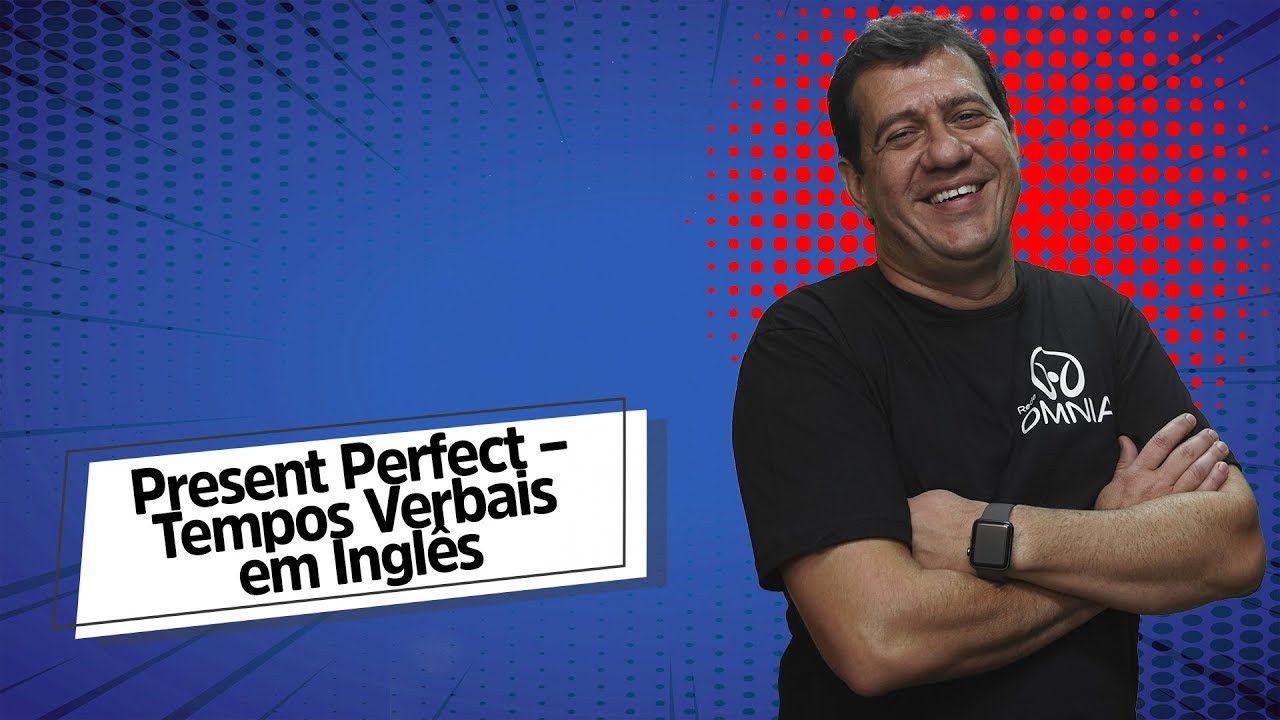O presente perfeito é marcado pela forma:
Sujeito + have/has + verbo principal no particípio + complemento.
Susan has been to England. (Susan esteve na Inglaterra).
O presente perfeito pode ser usado para indicar:
1- Ações que começaram no passado e continuam até o presente.
She has worked at the hospital since April. (Ela trabalha/ tem trabalhado no hospital desde abril).
I have exercised at the gym lately. (Eu tenho me exercitado na academia ultimamente).
They have organized their wedding. (Eles têm organizado o casamento deles).
2- Ações que ocorreram em um tempo não determinado (indefinido) no passado.
I have been to the U.S.A. (Eu estive nos E.U.A.)
She has traveled to England. (Ela viajou para a Inglaterra).
You have made a delicious apple pie. (Você fez uma torta de maçã deliciosa).
3- Ações que acabaram de acontecer.
They have just left. (Eles acabaram de sair).
Jane has just made the lunch. (Jane acabou de preparar o almoço).
I have just done the dishes. (Acabei de lavar a louça).
Para as frases negativas, basta acrescentar o “not” após “have/has”. E nas frases interrogativas, basta colocar o “have/has” no início da frase.
| Negativa | Interrogativa |
| I have not / I haven’t | Have I …? |
| You have not / you haven’t | Have you…? |
| He has not / he hasn’t | Has he…? |
| She has not / she hasn’t | Has she…? |
| It has not / it hasn’t | Has it…? |
| We have not / we haven’t | Have we…? |
| You have not / you haven’t | Have you…? |
| They have not / they haven’t | Have they…? |
Ex.: She hasn’t organized the house. (Ela não organizou a casa).
They haven’t painted their house yet. (Eles ainda não pintaram a casa deles).
Has she called Susan? (Ela ligou para a Susan?).
Has he watched a lot of movies? (Ele assistiu a muitos filmes?)
Layssa Gabriela Almeida e Silva
Colaboradora Brasil Escola
